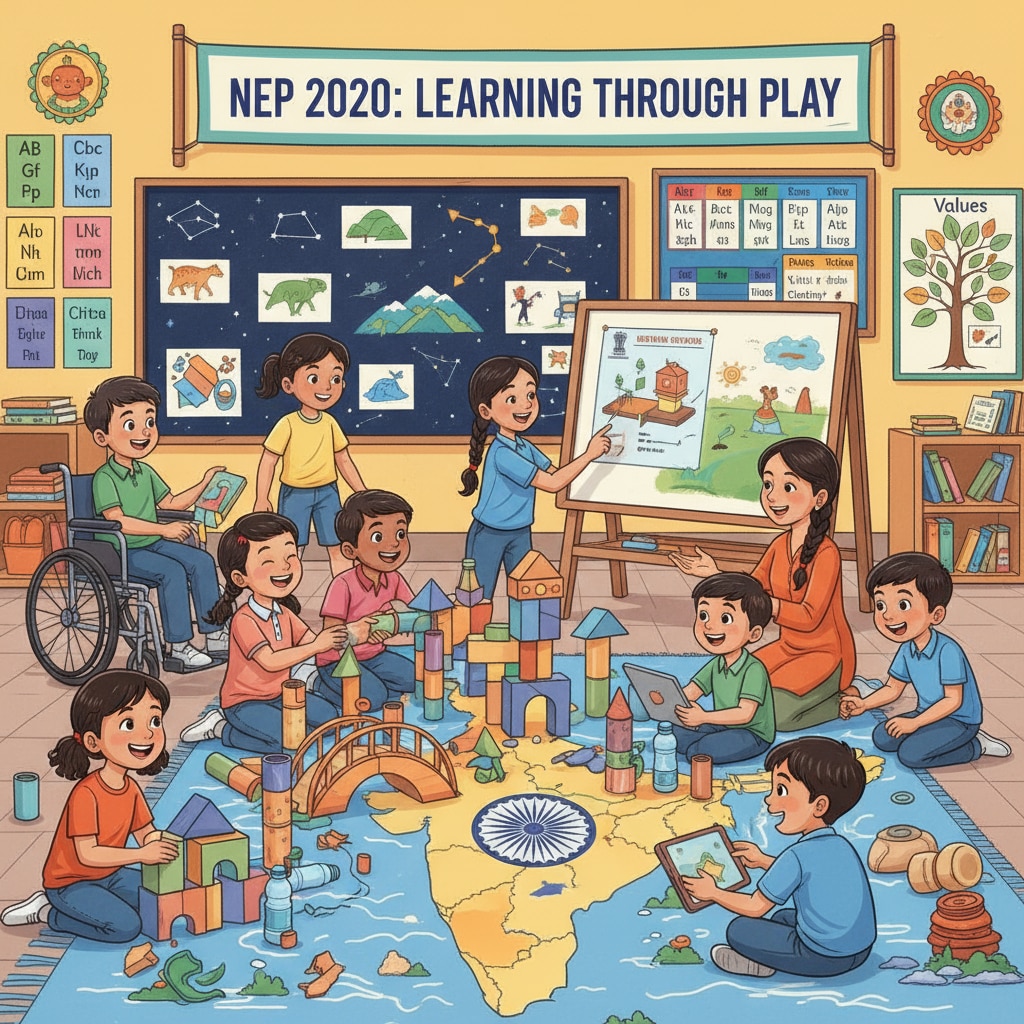The implementation of the New Education Policy (NEP) in India, an important education policy, has been a topic of great interest in the education field. As we look at the NEP’s implementation situation in the K12 education segment, it is evident that it has brought about both significant changes and numerous challenges.
The Vision behind NEP in K12 Education
The NEP in India aimed to revolutionize the K12 education system. Its vision was to create a more holistic, multidisciplinary, and student – centered learning environment. For example, it emphasized a shift from rote memorization to more experiential and inquiry – based learning. This was expected to develop students’ critical thinking, creativity, and problem – solving skills. New Education Policy 2020 on Wikipedia

Achievements in NEP Implementation
In the past three years, there have been some notable achievements. Firstly, there has been an increased focus on early childhood education. Many schools have started incorporating play – based learning in pre – primary classes, which is in line with the NEP’s emphasis on the foundation years. Secondly, the introduction of multidisciplinary courses in secondary education has broadened students’ perspectives. Students are now exposed to a wider range of subjects and are encouraged to make connections between different fields of study. Education in India on Britannica

Another achievement is the push for digital education. With the help of government initiatives, many schools have been provided with digital infrastructure, enabling students to access online learning resources. This has been especially beneficial during times when in – person learning was restricted, such as during the COVID – 19 pandemic.
Challenges Faced during Implementation
However, the implementation of the NEP in K12 education has not been without challenges. One of the major issues is the lack of trained teachers. The new teaching methods and curricula require teachers to have different skill sets. For example, the move towards inquiry – based learning demands that teachers be able to guide students in exploring and discovering knowledge on their own, but many teachers have not received adequate training for this.
In addition, there are resource constraints. Some schools, especially in rural areas, still lack proper infrastructure for implementing the new policies. This includes a shortage of laboratories for science experiments, libraries with updated books, and digital devices for online learning.
Readability guidance: As seen above, we have used short paragraphs to clearly present different aspects of the NEP implementation. The lists help summarize key points. We have also maintained a good balance of sentence lengths and used active voice as much as possible. Transition words like ‘however’ and ‘in addition’ are used to make the flow of the article smooth.


